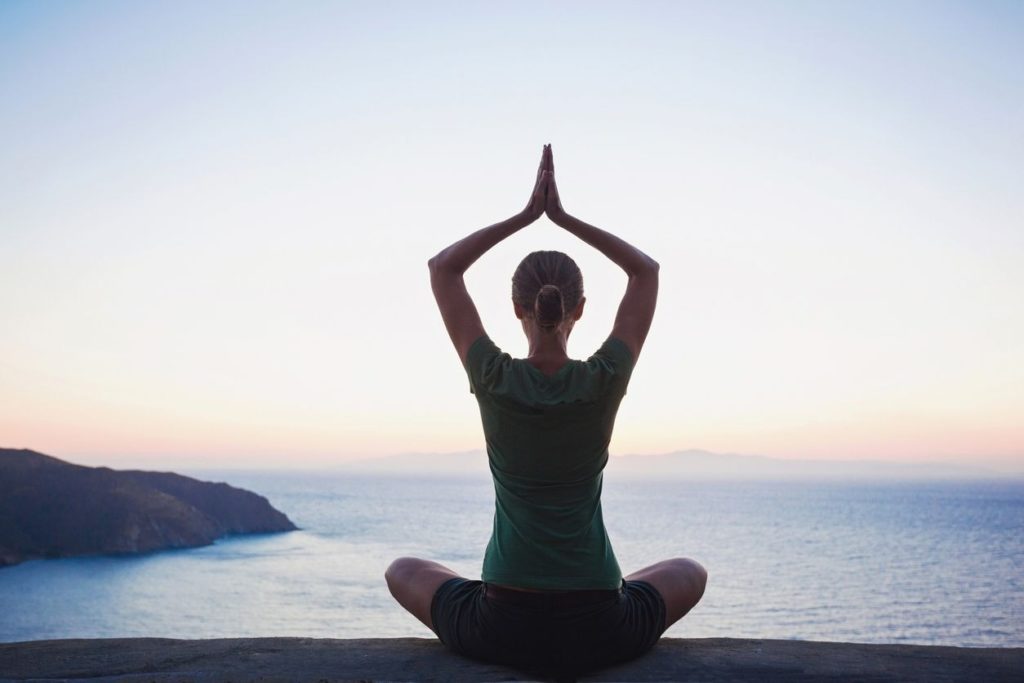Meditation and breathing: what is the link and how to breathe while meditating?
Caution : You must consult your doctor for your health. This page presents only a personal and alternative point of view which should not be considered as an attempt to prescribe medicine.
The goal of meditation is to refocus on yourself, on your body, on your feelings, to live a moment of full consciousness.
But to let go and let your ideas flow, breathing plays an important role.
How to breathe during meditation sessions? Think about intermittent breathing. Explanations.

Breathe well to meditate better
Breathing is innate. It happens naturally, without thinking about it.
It is a vital function, which allows us to live.
It nourishes our cells, our whole organism and our mind.
It is a given that bad, jerky and shallow breathing causes chain reactions in our body, due to its lack of oxygenation: muscle pain, headaches, anxiety, depression, fatigue, irritability, breathing difficulties... a vicious circle can be set up, harmful to our well-being.
Conversely, breathing well also has its consequences, this time with a virtuous circle.
The symptoms mentioned above will be reduced, the flow of oxygen and energy will circulate better.
Without these discomforts, conscious or unconscious, it will be easier to find the attention and focus necessary to meditate.
Breathing, the basis of meditation
Breathing is essential for meditation.
The basic techniques for meditating also invite us to concentrate on the rhythm of the breath without modifying it, to visualize it in order to concentrate while letting our thoughts float and finding the full consciousness of our body.
Breathing soothes the body, it relaxes it, under the effect of an internal massage.
She therefore puts him in a condition to meditate.
This is the whole issue of the functioning of the diaphragm.
A diaphragm released to meditate well
Breathing well goes through a released diaphragm.
It is this muscle which induces the rhythm of the inspirations and expirations.
It is important that it is not retracted, knotted, blocked, to allow the flow of energy and oxygen to flow freely, without constraints.
Loris Vitry, yoga therapist and breathing coach, has experimented a lot with breathing techniques, until he developed his own concept, intermittent breathing.
On the strength of his personal and professional experiences, he has seen all the benefits of a free diaphragm and good breathing.
He told us about 7 common breathing anomalies, both causes and consequences of a blocked diaphragm, and which may have implications for meditation.
Its complete and free video workshop available online helps us to better understand the issues of good breathing and to measure the corrections to be made to our way of breathing.
To meditate therefore.
❤ The ultimate guide to breathing
Intermittent Breathing : Discover the method to quickly relieve your anxiety and chronic fatigue (positive effects from the first use).Read also :
Previous article : How to concentrate on your breathing without changing it?
Next article : Stress reduction and management with Cardiac Coherence 365 ?

